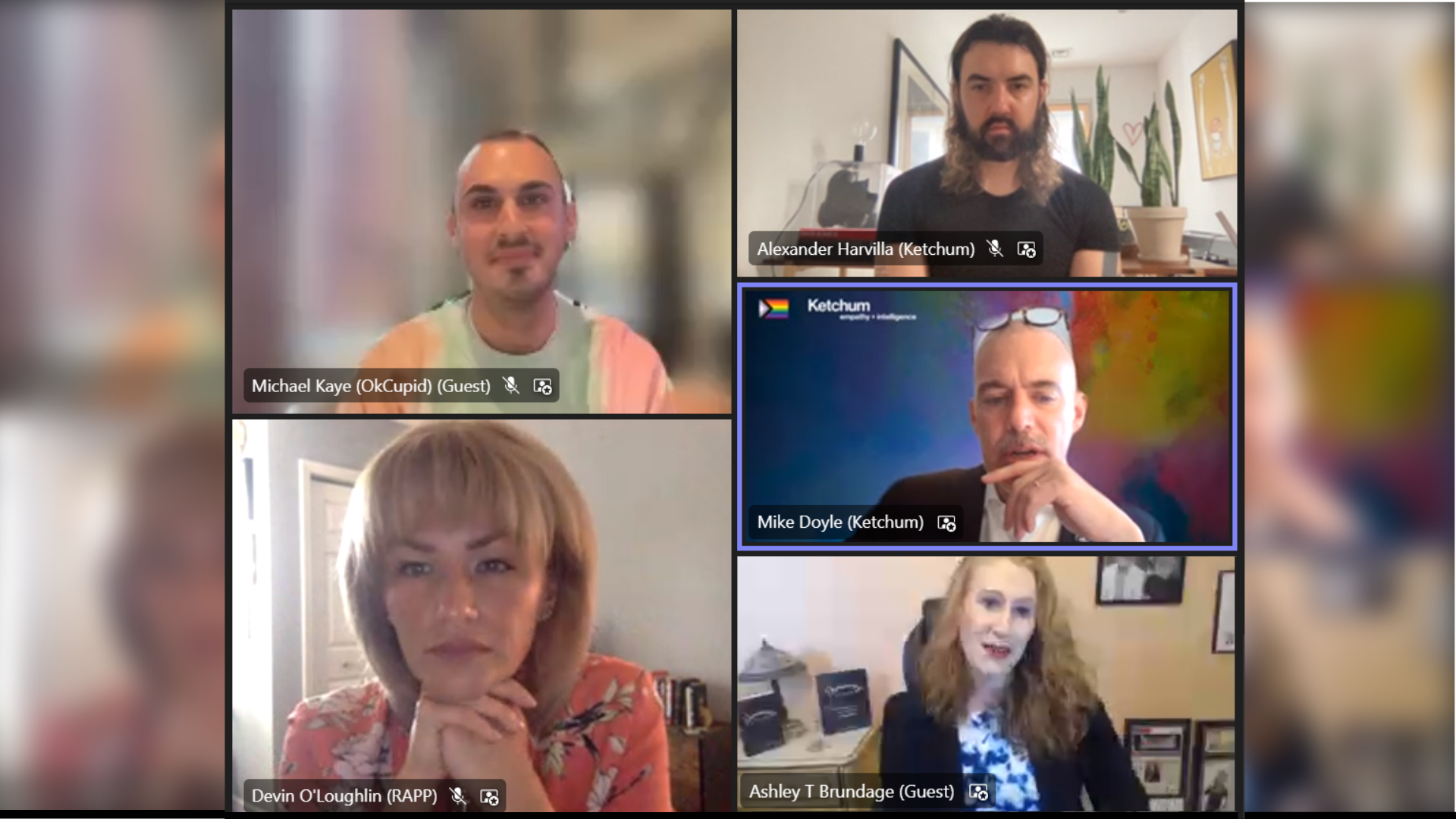 Now that the dust is settling on the United Airlines saga, what else is there to say about this latest example of the power of unhappy customers armed with smartphones to turn a badly-handled service issue into a full-blown reputation firestorm?
Now that the dust is settling on the United Airlines saga, what else is there to say about this latest example of the power of unhappy customers armed with smartphones to turn a badly-handled service issue into a full-blown reputation firestorm?
This one ticked all the boxes, with screaming headlines, stern editorials, social media memes, threats of a boycott in China (where United is the largest US carrier), and almost $1 billion wiped off the value of the company. This was evidently regarded as a buying opportunity for some investors: the stock quickly recovered.
It’s easy to criticise the airline’s response, but harder to get it right when the story is escalating faster than your ability to confirm what actually happened, or why. As anyone who has been in a similar situation will attest, unless you were “in the room”, there is no way to fully comprehend the multi-dimensional issues and considerations in play, what was known at specific points in time, and how this knowledge influenced decisions.
Having said that, you get one chance to make a first impression. And United blew it. The initial statement in which CEO Oscar Munoz apologised for having to “re-accommodate” passengers was widely ridiculed. The damage was compounded by an internal memo in which he described the bloodied victim as “disruptive and belligerent.” The video images suggested the aggression was entirely one-sided.
When a video clip can be posted and retweeted thousands of times within minutes, there is simply no time for rounds of internal approvals and revisions before a company makes its first comment. Any opportunity to influence the unfolding narrative is fleeting – after which, you’re in recovery mode.
Language matters, particularly tone and nuance. If people have been injured, inconvenienced, or – in the worst case – may have lost loved ones in an accident, they expect a human response and a genuine commitment to address the problem, not corporate-speak or carefully parsed legalese. But hitting the right tone doesn’t get any easier when the company’s reputation is being shredded on social media, in real time.
The bad news – not just for airlines, but for any consumer-facing business, is that the reputational threat is rapidly becoming more complex. Consider the emergence of new social media platforms, the spread of faster broadband networks; the growing availability of wifi service in public spaces (and on board aircraft); the introduction of live streaming, Snapchat Stories, high-definition cameras in smartphones. And more smartphones, everywhere.
Project forward five years and imagine the hyper-visible and connected world which is already taking shape. Then think about the extent to which a company’s reputation lies in the hands of front-line staff – who may actually be third-party contractors, but are responsible for delivering the product or service customers paid for. One little-noticed aspect of the United story was that this was a franchised service subcontracted to Republic Airlines, under the “United Express” brand.
Research suggests that the average response time for companies to issue “meaningful external communications” in a crisis is 21 hours*. But a 24/7 media landscape requires an “always on” communications capability, and an instant response. That starts with social listening – if you’re not aware of the pictures everyone is talking about, how can you influence the conversation?
Companies need to be ready to issue an acknowledgement within 15 minutes of the first posts appearing. That’s the benchmark recommended by the airlines’ global trade body, the International Air Transport Association, in their “Best Practice Guidelines for Crisis Communications in the Digital Age” (full disclosure: the author drafted the guidelines for IATA).
Follow that initial message with updates as quickly as new information can be confirmed, focusing on what the company is doing to address the problem and mitigate the impact on those affected. There is an inherent tension between speed, accuracy and completeness, but speed wins – with the proviso that legal risk is a vital consideration. This requires an accommodation between communicators and legal counsel, to ensure both parties understand the “red lines” and what language can be used safely.
For example, there is no legal jeopardy in apologising, as long as it is clear what the apology is for: the distress, inconvenience or disappointment of customers, rather than for a specific action or failure – at least, until the full story is known. The heat only started to dissipate from the United saga when the CEO finally went on a media tour, several days after the event, in which he appeared genuinely mortified and could hardly have been more profuse in his apologies.
But the real lesson from Chicago is that the ever-present risk of even a relatively minor incident erupting into the next social media firestorm requires companies to fundamentally rethink service policies, procedures and training. To paraphrase Warren Buffett, organisations must consider how their decisions – and the actions of employees who implement them – will look. Not just on the front page of their local newspaper, but plastered all over the internet. As the Sage of Omaha once said: “It takes 20 years to build a reputation, and five minutes to ruin it. If you think about that, you’ll do things differently”.
*Freshfields Bruckhaus Derringer: Containing a Crisis in a Digital Age, Nov 2013.



